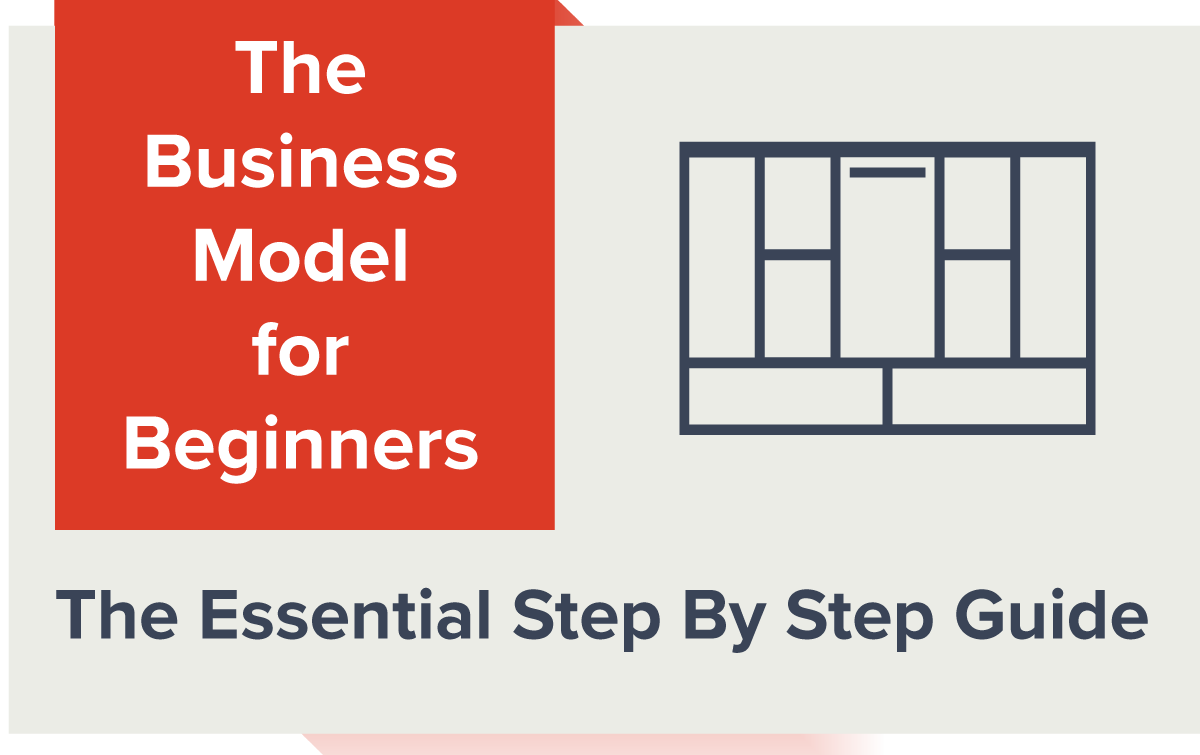In this guide, you’ll discover the business model and how to avoid common mistakes and get access to some free canvas templates and tools. I’ll share with you some quick ways to dismiss business designs that aren’t going to work so you quickly hone in on business models that you can shortlist and select.
Table of Contents
Why Use A Business Model?
Most startups fail because entrepreneurs, and indeed corporate innovators, put too much energy, time and faith into the idea.
They fail to consider the business model. When corporate teams first use the business model process, they often replicate the common business model associated with the industry or market they are in.
Successful new ventures do not go to market with their first idea; instead, the product/ service they go through several iterations before arriving at the final version. Similarly, organizations are more sustainable if they have considered several business models before deciding on a particular one.
I’ve found that some people struggle with the business model process at the beginning simply because they are trying to get to grips with too many things at once.
I’ve been at accelerator programs where often it is assumed that people are familiar with the business model canvas. The problem then arises as they march straight into using it. People start to hesitate often because it’s simply the first time they come across it and they aren’t used to the overall business model generation.
In the first place, they are trying to understand the whole concept of generating a business model. On top of that the overall business model process can be hard if you are not armed with how the section of the canvas work
If you master how to use each section of the business model canvas it will transform how you create and innovate business models.
Get to understand the concepts first and then it becomes a lot easier. This is why I’ve put this guide together.
I’m a visual thinker, yes I write, but I prefer to have diagrams to help me as well.
In this guide, I will illustrate how a business model can be used and applied to create very different types of businesses, one that could even disrupt your market.
This guide is aimed at helping you choose the right business design for your idea, to help you increase and improve your chances of success.
The Business Model Canvas for Beginners
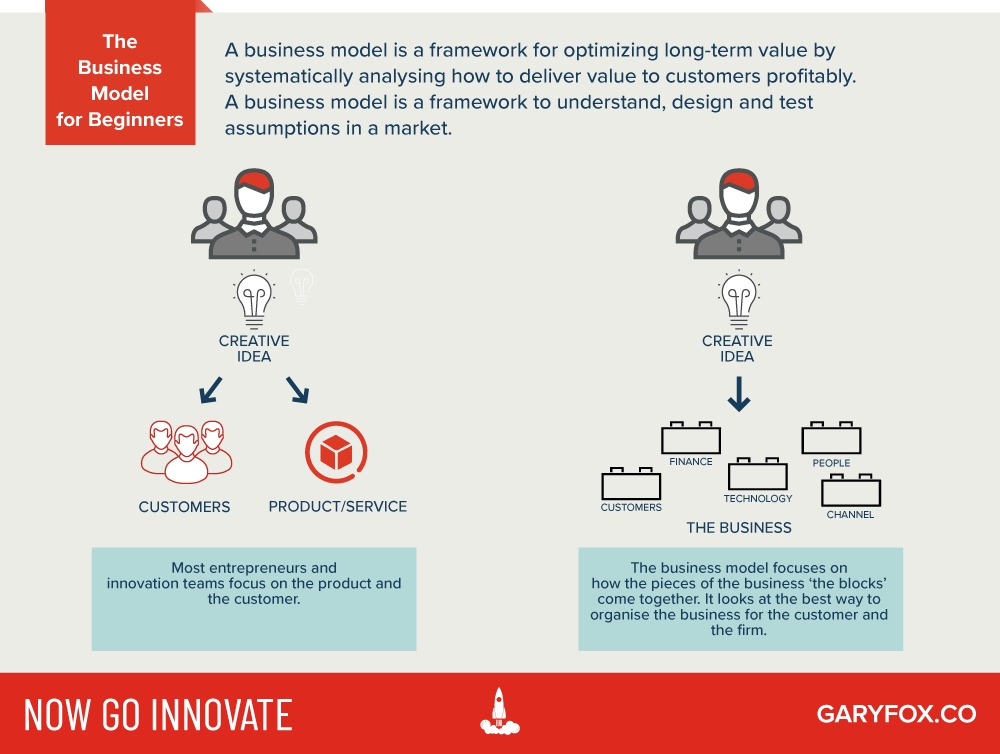
The benefit of using the business model process is that it forces you to look more strategically at how you take your idea and turn it into a viable business.
While you might be obsessing about your business idea and the potential customers, you might be missing the bigger picture of how your business could be designed.
For any business, there is a myriad of options available but sadly only a few that might actually lead to success.
More importantly, some of these options can dramatically transform a market and change the fortunes of you and your business.
Stepping back and analysing how to design your business can make the difference between being a massive success or another startup casualty.
While you might not be crunching numbers yet, it does force you to analyse the profit model and numbers as part of the design process.
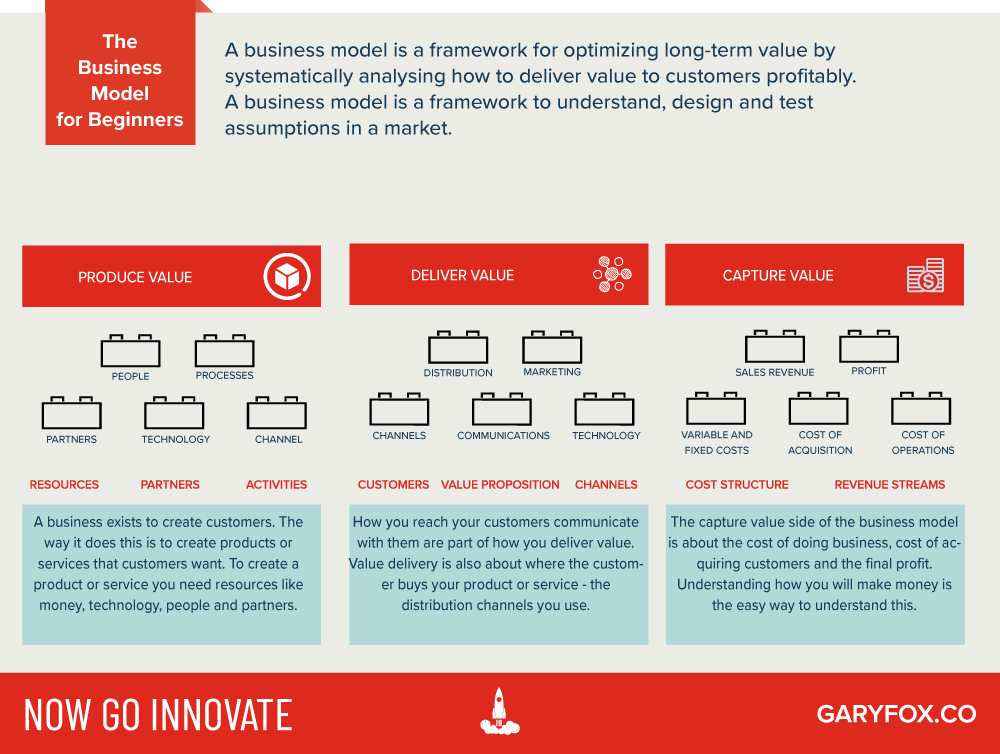
The process has three fundamental stages:
- How to produce value – produce something (product or service) that offers value to a customer segment.
- How to deliver value – distribute your product or service – take it to a market and sell it.
- How to capture value – make a net profit after making and selling it.
Something to remember is that value is a relative concept. It is hard to define value in absolute terms. The important thing to remember at this stage is that you are trying to create value for either a business or a person or both (in the case of a platform).
3 Steps To The Business Model
The most famous way to develop a business model is the Business Model Process developed by Osterwalder and Pigneur. However, other approaches exist and I’ll start here by covering a good way to frame your approach.
Step 1. Define Your Idea and Market
Imagine you walk into a conference and there are hundreds of tables each one labelled differently. Each table represents a market, a set of customers that you have the chance to meet and get to know. Which table are you going to choose?
Any market that exists already has customers and businesses selling to those customers. Your idea doesn’t exist in a bubble.
Most organizations and entrepreneurs already have an idea of a market or even a set of potential customers who could buy the product or service. However, the idea is often loose and not very well framed.
The starting point is to give the idea some more structure and define it. This is where you need to do some research, get beyond dreaming about the millions of dollars of revenue your idea will generate, and start to do the hard work of turning your idea into a business.
1. MAP OUT THE MARKET
Identify the top 10 players in the market you are targeting and see how they differ.
Can you break the market up into suppliers, retailers…There are lots of different dimensions you can use. The reason for doing this is that you start to understand the gaps in the market as well as potential partners. If there is a specific set of potential competitors you can also start to assess their business model and how your idea differs and adds value.
The business model process doesn’t sit in isolation, you need to use data to get the best outcome.
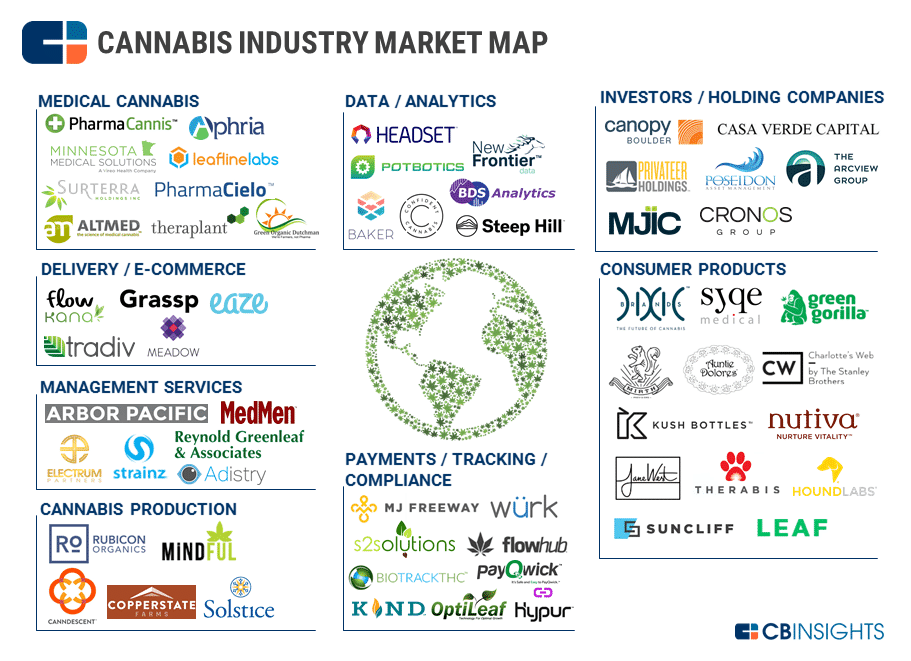
2. Pick Out The Key Market Trends
Research the size of the market and the trends in the market.
Free Reports and Data
Some of the top Consultancy companies provide free data and market overviews.
- McKinsey
- Deloitte
- Bain
- PWC
- Forrester
- Gartner
Paid Reports
Step 2. Create a System Map
Before jumping in and using the Business Model Canvas, I often start by mapping interactions and focus on what is being exchanged. Although this is a different business model process than the business model canvas it is useful, particularly for digital platforms and ecosystems.
As an example, I’ve included below the Spotify business model as a systems map.
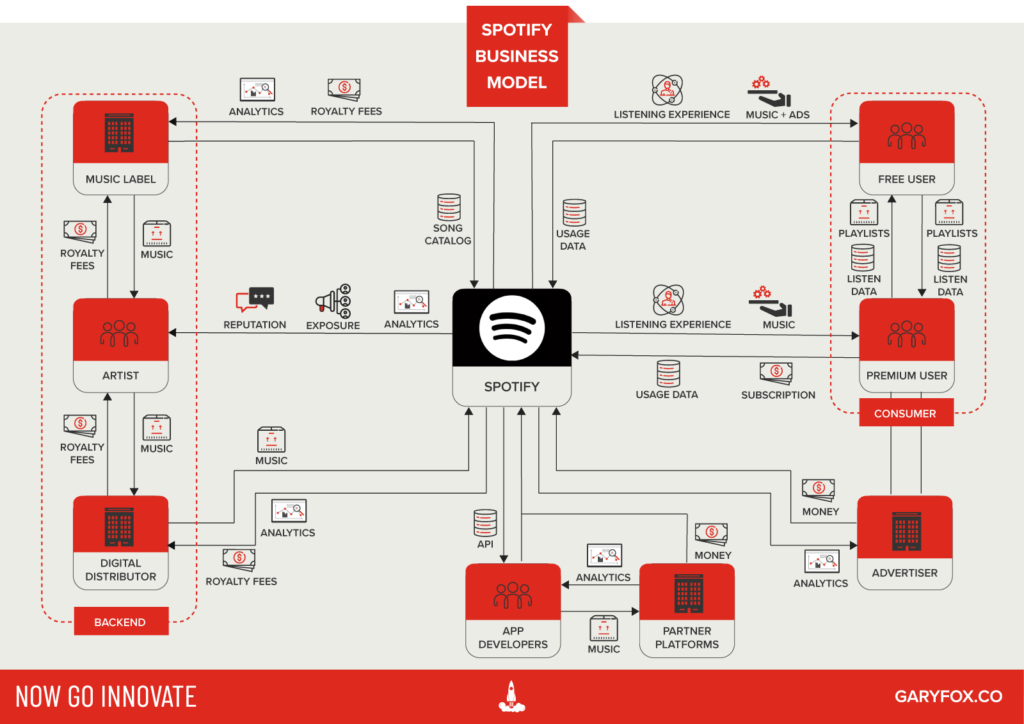
I started years ago plotting out ideas this way – here is a poor first attempt – Social School App.
Despite, the poorly designed diagram I started to get to grips with how things could work together and how the main pieces connected.
If you’re new to the business model process often creating a map with the main actors and interactions can help you see how the main pieces fit together.
1. Identify The Main Actors
Map out your idea using post-it notes. Use one note for each of the following:
- Partners you need.
- Customer Segments
- Technology and exchanges.
2. List Out What Each Actor Offers and Receives
Place your post-it notes on a board or wall, and then start to join lines so you see the process and main interactions. When you first do this it can get messy so you might need to move things around a lot until they make sense and you start to see the natural connections between the actors.
Sometimes if you place producers on the left and consumers on the right you can start to split the overall system into a natural flow.
3. Organize Into Sections
Reorganize into logical sections so that you can see how the system works. Sections are the logical ways that you can group either activities or the common elements around the main actors in a system. Remember that this is not a process flow diagram. A process flow contains all elements and gets into a lot of detail. To create a system diagram as part of the business model process you want to keep it high level and understand how value is created and exchanged.
Step 3. The Business Model Canvas
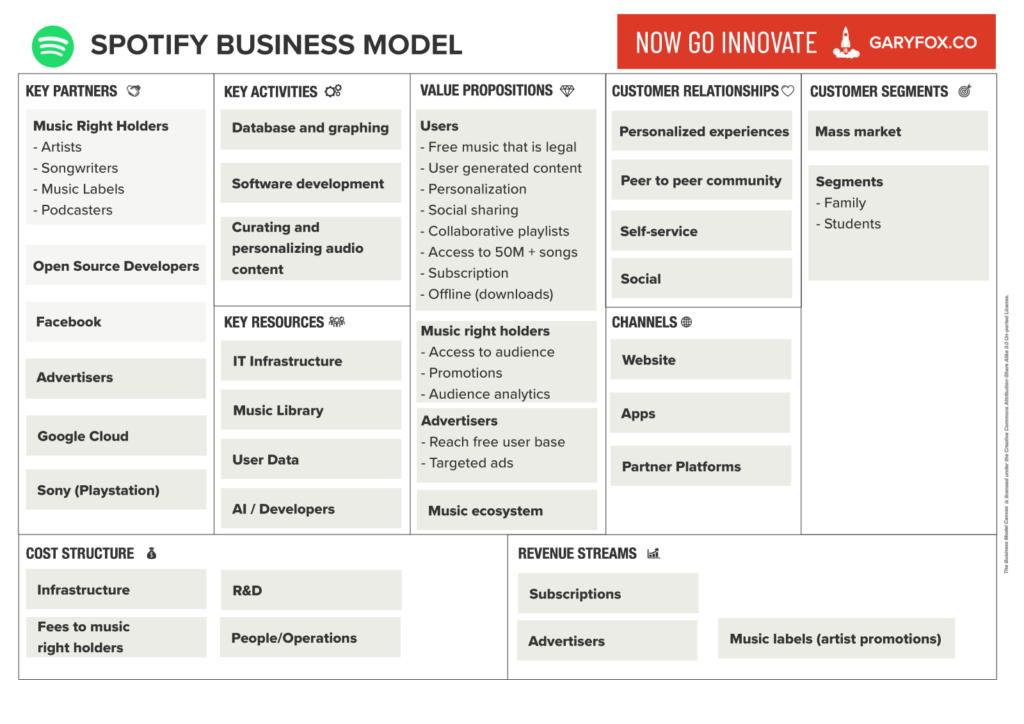
The Spotify Business Model Canvas shows the broader elements of the business model process come together. Often, I will use both methods to help review the logic and exchanges within a business model.
In the rest of this article, I will walk you through the main sections of the business model canvas as a start point and then start to look at easy ways to harness the power of recombination.
